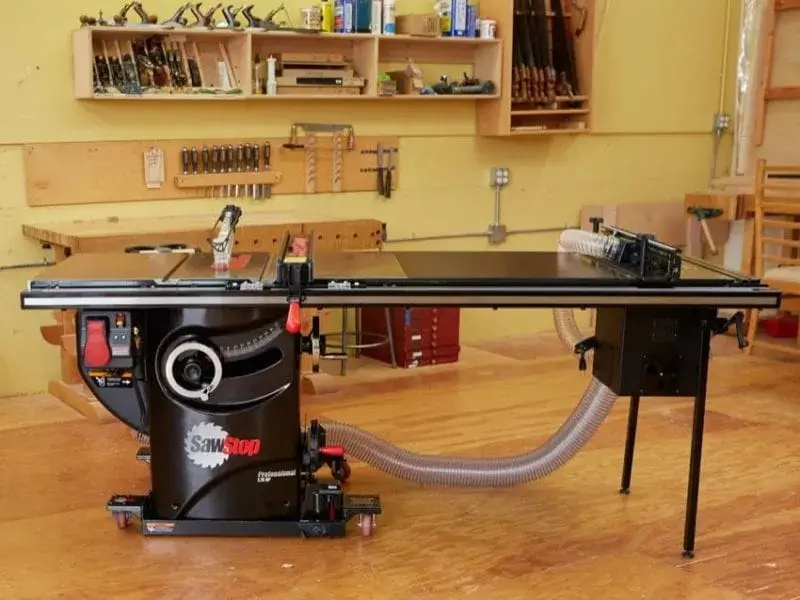A table saw is one of the most versatile and useful tools in any woodworking shop. It can make precise cuts, rip boards, crosscut lumber, and perform many other tasks. But do you need a stand for a table saw? Or can you just place it on any flat surface and start working?
The short answer is yes, you do need a stand for a table saw. A stand provides stability, safety, mobility, and convenience for your table saw. Without a stand, you risk damaging your table saw, your workpiece, or yourself.
Here are some of the benefits of using a stand for your table saw:
Stability
A table saw needs to be stable and level to perform accurate and consistent cuts. A stand provides a solid and sturdy base for your table saw, preventing it from wobbling, tilting, or shifting during operation. A stand also reduces vibration, which can affect the quality of your cuts and the lifespan of your table saw.
Safety
A table saw is a powerful and potentially dangerous tool. A stand enhances the safety of your table saw by keeping it securely in place and preventing it from falling over or sliding off the surface. A stand also elevates your table saw to a comfortable working height, reducing the strain on your back and improving your visibility and control over the blade. A stand can also have features such as wheels, brakes, locks, and handles, which allow you to move your table saw safely and easily.
Mobility
A table saw can be heavy and bulky, making it difficult to transport and store. A stand can make your table saw more mobile and portable, allowing you to move it around your shop or to different locations. Some stands are foldable or collapsible, which save space and make storage easier. Some stands are also adjustable, which let you customize the height and angle of your table saw to suit your needs and preferences.
Convenience
A table saw can be more efficient and productive with a stand. A stand can provide additional features and functions that enhance your table saw’s performance and usability. For example, some stands have extensions or supports that increase the cutting capacity and support of your table saw. Some stands have storage compartments or hooks that keep your accessories and tools organized and accessible. Some stands have dust collection ports or systems that keep your work area clean and reduce the mess.
Conclusion
As you can see, a stand is not just an optional accessory for your table saw. It is a necessary and beneficial component that improves your table saw’s stability, safety, mobility, and convenience. A stand can also make your table saw more enjoyable and satisfying to use. Therefore, if you own a table saw or plan to buy one, you should also invest in a quality stand that suits your table saw and your needs.

